
|
Where would we be without our cars? Wouldn't it be a lot harder to travel from one country to another if airplanes hadn't been invented? How would we communicate with one another without our mobile phones? And could you imagine your life without the internet? These 12 inventors changed the way we go about our daily lives - from our day to day routines, to entertainment, to safety. Since the late 1800s, we sure have come a long way. |
Sylvester H Roper: Inventor of Steam Road Vehicles, 1860-1894 |
 |
|
Img source: hope1842.com From a young age, Roper had always been fascinated by all things mechanical and became an avid inventor by the time he hit his teens, constructing a small stationary engine by age 12. In the midst of America's Civil War, Roper's first steam Carriage was built. It was capable of 25 mph by its 2 hp engine. It featured a 16-inch boiler, fueled by coal. He created the steam Velocipede a few years later - a bicycle fitted with a double-acting two-cylinder steam engine fired by a charcoal burner. Altogether he built 10 steam road vehicles between 1860 and 1894 - with two, three and four wheels. |
Willis Carrier: Inventor of the Air Conditioner, 1902 |
 |
|
Img source: williscarrier.com In July 1902, Willis Haviland Carier designed the first modern air conditioning system. The idea to control the indoor environment came to him on a foggy day in Pittsburgh, while waiting on a train platform. Staring through the mist, he realized that he could dry air by passing it through water to create fog. Doing so would make it possible to manufacture air with specific amounts of moisture in it. He completed his invention to control humidity within the year. |
The Wright Brothers: Inventors of the Airplane, 1903 |
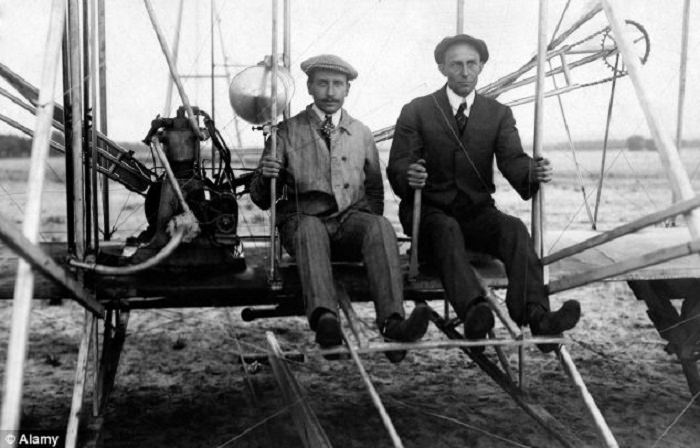 |
|
Img source: dailymail.co.uk Wilbur and Orville Wright were American inventors and pioneers of aviation. In 1903, they achieved the first powered, sustained and controlled airplane flight, surpassing their own milestone two years later when they built and flew the first fully practical airplane. With the success of their first plane not having been appreciated in the States, the brothers set out for Europe in 1908. In France, they found a much more receptive audience, resulting in them becoming huge celebrities who began to sell their airplanes, before returning to the United States in 1909. |
Philo T. Farnsworth: Inventor of the Television, 1927 |
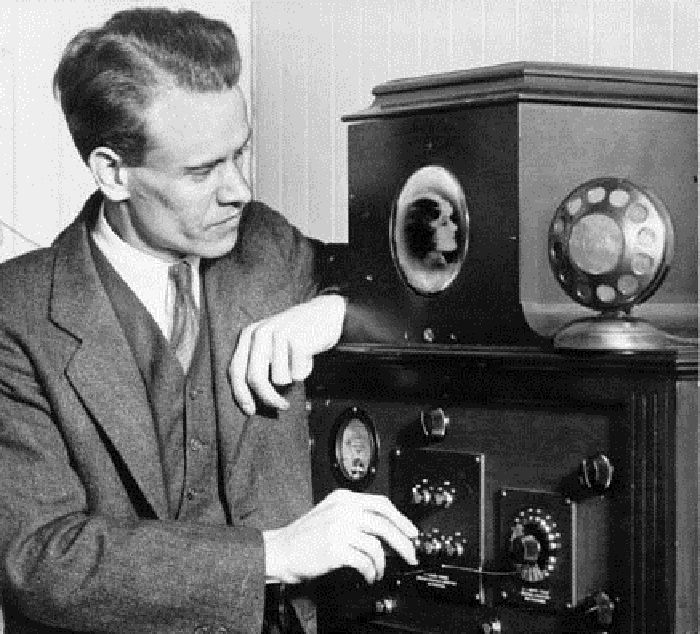 |
|
Img source: sfcityguides.org Farnsworth was an amateur scientist from a young age. During his high school years, he would convert his family's home appliances to electric power. In his chemistry class, he had sketched out an idea for a vacuum tube that would revolutionize television. In his later years, he proceeded with his plans and experiments and by 1927, he unveiled his all-electronic television prototype - the first of its kind - made possible by his other inventions the 'image dissector' and the 'video camera tube'. |
Adolph Rickenbacker: Inventor of the Electric Guitar, 1932 |
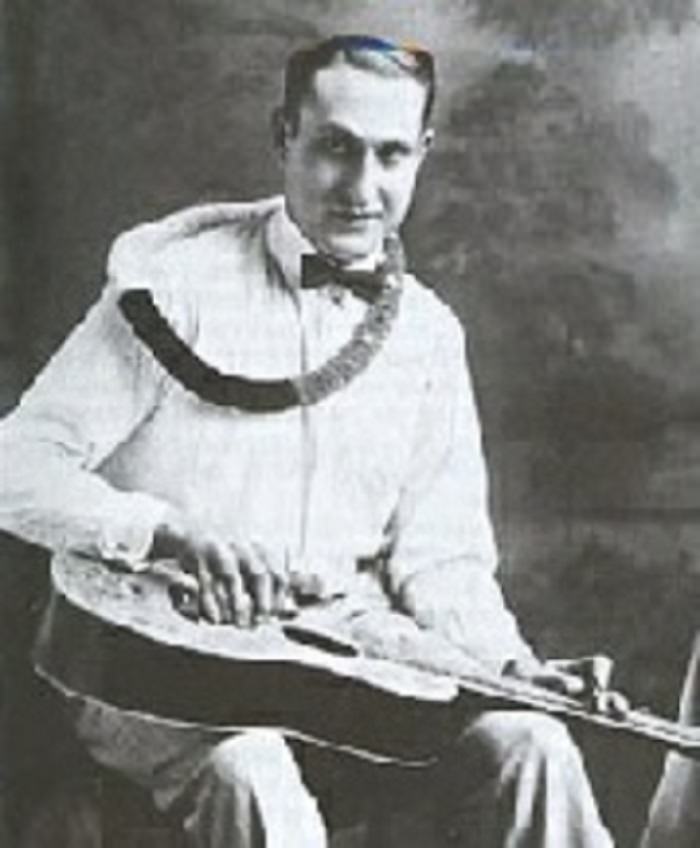 |
|
Img source: electricguitarsetup.com The need for an electric guitar arose because the classic guitar was too quiet to contribute to the music a band produced. This became especially apparent in the concert halls of the 1880s. Alongside George Beauchamp, a musician, Adolph Rickenbacker, an electrical engineer, invented an electromagnetic device that picked up the vibrations of the guitar strings with great clarity, creating the first commercially viable amplifiable electric guitar. |
Percy Spencer: Inventor of the Microwave, 1954 |
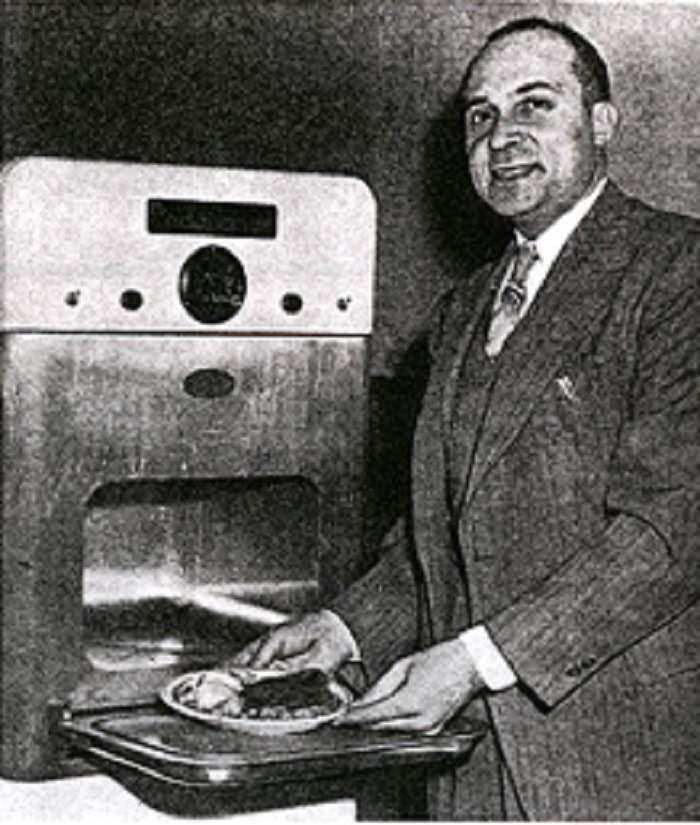 |
|
Img source: percyspencer.blogspot.com.mt In 1946, Engineer Percy Spencer had been working on magnetrons (vacuum tubes that produce microwave radiation - a type of electromagnetic radiation that has a wavelength between 1mm and 30cm) when he accidentally discovered the microwave. He had had a candy bar in his pocket and noticed that it had melted. When he realized that the microwaves he was working with had caused the chocolate to melt, he proceeded with a number of experiments and came to realize that microwaves could cook food faster than conventional ovens. The company he was working for, the Raytheon Corporation produced the first commercial microwave oven in 1954 - a large, expensive microwave that had a power of 1600 watts. |
Nils Bohlin: Inventor of the Three-Point Seat Belt, 1959 |
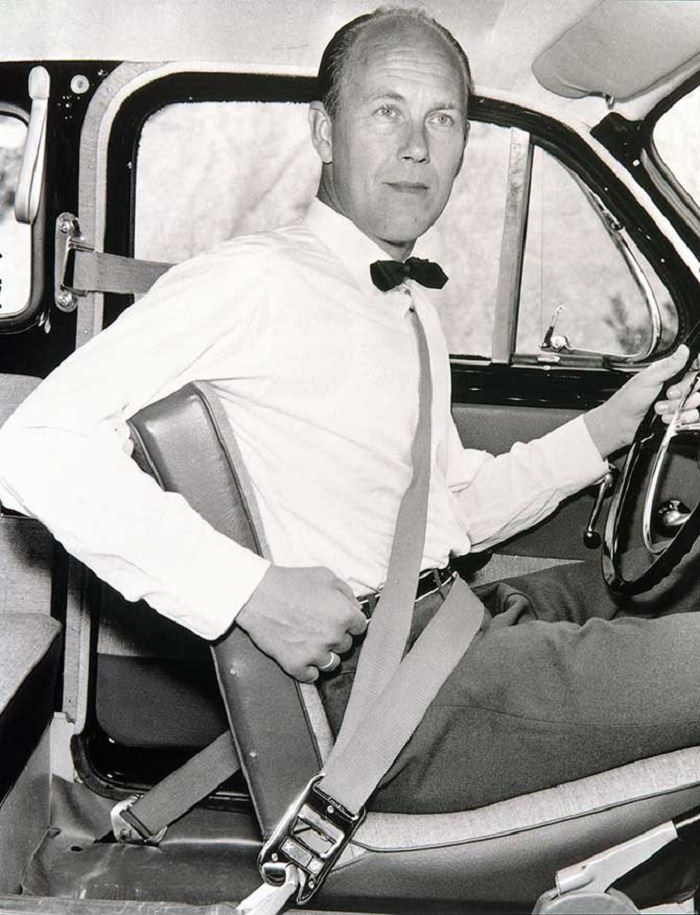 |
|
Img source: wired.com The three-point seat belt is likely one of the most important inventions of late modernity. The simple yet brilliant device is estimated to have saved over one million lives since it was introduced. Prior to this invention, many cars had two-point lap belts, but these weren't as effective, particularly when the number of cars on the road had started to increase. Car manufacturers Volvo, were determined to make a difference, turning to Volvo engineer Nils Bohlin to create a better way of keeping people secure in a collision. |
Douglas Engelbart: Inventor of Computer Mouse, 1963 |
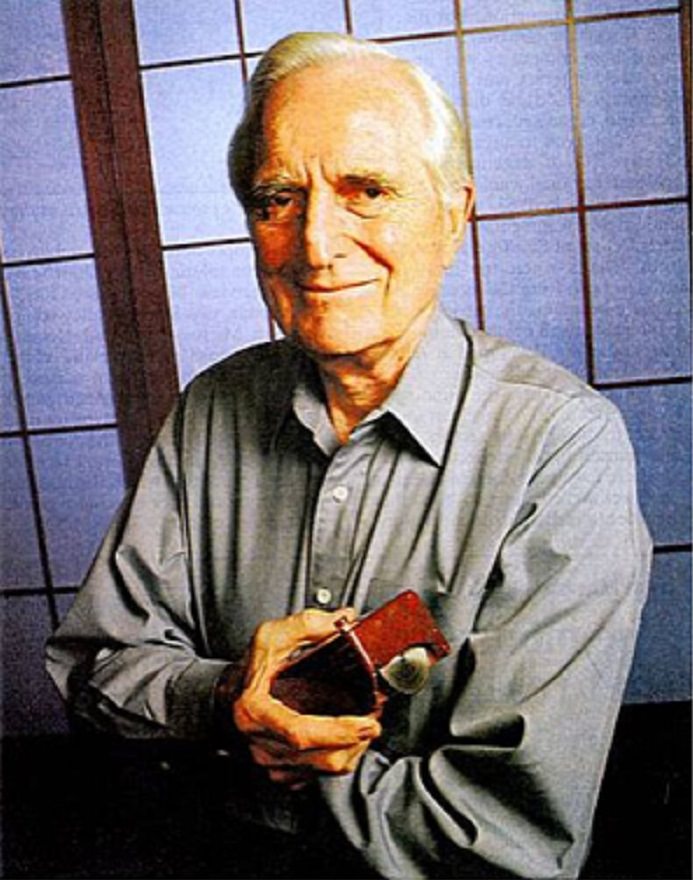 |
|
Img source: jameco.com courtesy of Stanford Research Institute Douglas Engelbart created the first prototypes of the now-familiar device, which only had one mouse button in '63. When he displayed his first creation to the public in 1968, the mouse then had three buttons. Since, the mouse has undergone a number of changes, with big companies like Xerox, Apple, Microsoft, and Logitech, pouring millions into refining the form and function of the mouse, changing its number of buttons, its interfaces by which they connect to the computer as well as establishing new methods of tracking movements. |
John Shepherd Barron: Inventor of the ATM, 1965 |
 |
|
Img source: wirefresh.com John Shepherd-Barron came up with the concept of a self-service cash dispenser in 1965 while lying in a bath after getting to his bank too late to withdraw money. He worked for the printing firm De La Rue Instruments at the time and had been inspired by chocolate vending machines. Upon putting the idea to the head of Barclay's Bank, the first ATM was installed at a branch in Enfield London, in 1967. Reg Varney, one of the stars of the then-popular television show On the Buses, became the first person to withdraw cash. Back then, the ATM was operated by inserting a special cheque that was matched against a PIN number. |
Stephanie Kwolek: Inventor of Kevlar, 1971 |
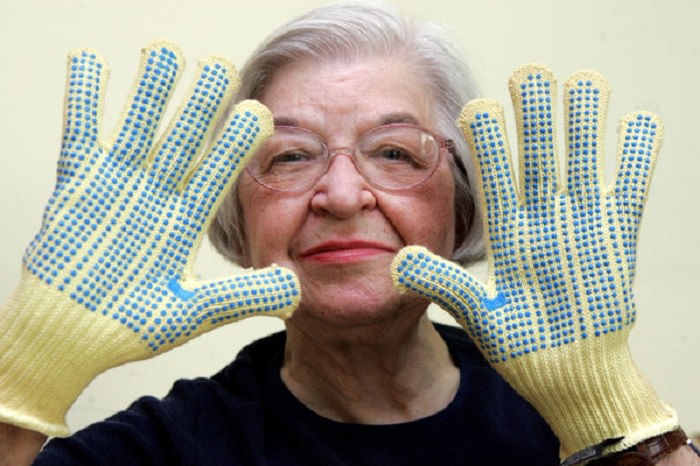 |
|
Img source: nytimes.com Kwolek was one of the first women research chemists, having gained national recognition in 1960 for her work with long molecule chains at low temperatures. In 1971, Kwolek's further analysis culminated in an important discovery of a liquid crystalline polymer solution. Its exceptional strength and stiffness led to the invention of Kevlar, a synthetic material that is five times as strong as steel. It is resistant to wear, corrosion and flames, and is the main ingredient in the production of bulletproof vests. Kevlar is also used in dozens of other products, including skies, safety helmets, hiking and camping gear. |
Martin Cooper: Inventor of the Cell Phone, 1973 |
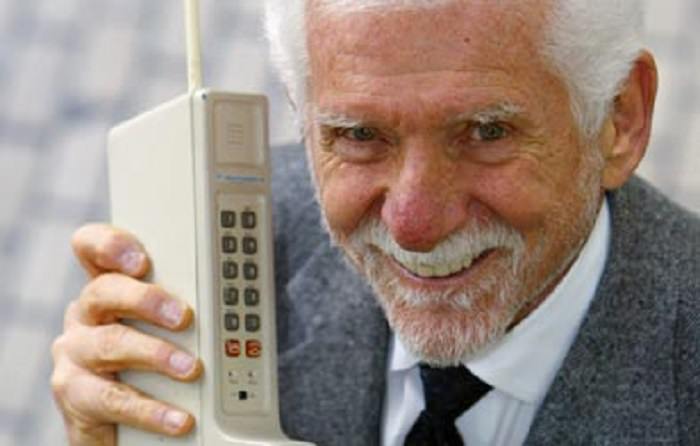 |
|
Img source: cellphones.procon.org This American engineer is often dubbed the father of the mobile phone. 42 years ago, while working at Motorola, he created the first portable handset and was the first person to make a call on a portable cell phone while standing on a street near the Manhattan Hilton. He picked up the 2-pound Motorola handset, named the Dyna-Tac, and called rival, Joel Engel, the head of research at AT&T's research arm, Bell Laboratories. The two companies had been competing to create a portable communications device since the sixties. |
Tim Berners-Lee: Inventor of the World Wide Web, 1989 |
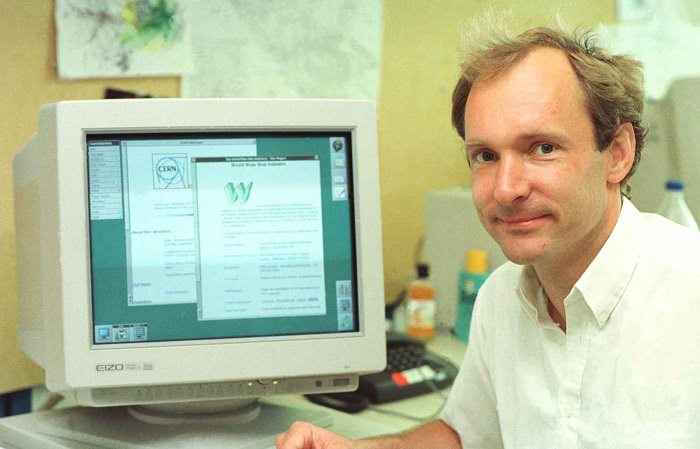 |
|
Img source: home.web.cern.ch Originally, the web was conceived and developed to meet the demand for automatic-information sharing between scientists in universities and institutes around the world. The world's first website was hosted on Berners-Lee's NeXT computer (the original web server). The site described the basic features of the web: how to access other people's documents and how to set up your own server. It went live in December 1990. You may browse the world's first website here. |
|
Related Article: These Victorian Inventions Are Still Being Used The Uncanny Prototypes of 11 Popular Devices and Tools |